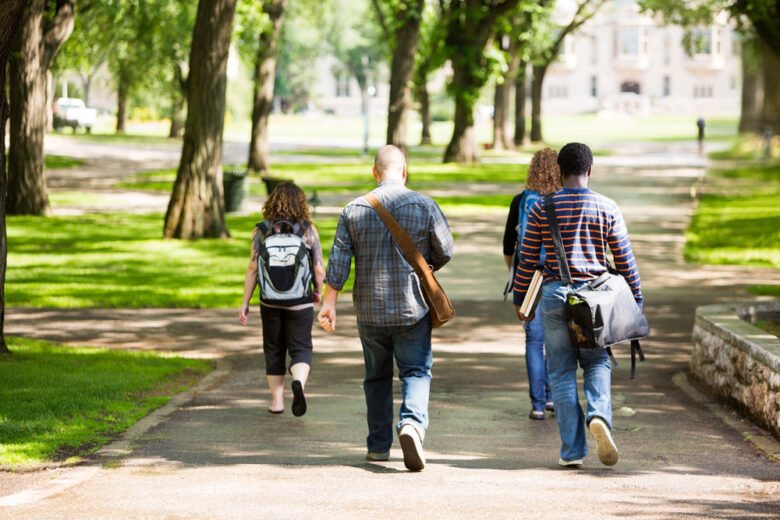College campuses should be safe havens for students, staff, and faculty. Unfortunately, campus safety is often a concern, especially in light of recent incidents of violence and crime. But it doesn’t have to be this way. When the right people within a university administration put their heads together and implement creative ideas, it’s possible to make college campuses safer for everyone.
Contents
Practical Ways to Improve Safety on Campus
As a student, faculty member, or administrator, you want to feel safe and secure on your college campus. Unfortunately, campus safety is not always a given, and it’s important to take proactive steps to improve it.

Source: criticalarc.com
Here are some strategies:
Invest in an Emergency Response System
Investing in emergency response systems can significantly improve communication and response time during crises. Here are some of the best practices:
- Mass notification systems can quickly disseminate important information to the campus community during a crisis, alerting students, faculty, and staff to any potential danger.
- Panic buttons can provide an immediate way to alert authorities in the event of an emergency, enabling them to respond quickly and effectively.
- Mobile safety apps can also provide a range of features, such as GPS tracking and emergency contacts, to ensure that individuals can quickly access help if needed.
Technology can play a key role in improving campus safety. For example, there are a variety of safety apps available that can provide individuals with important safety features, such as the ability to quickly call for help or share their location with trusted contacts.
There are also technologies that can send campus-wide digital alerts anytime there’s an issue. For example, Visix has software that can send alerts to the school’s digital signs. This triggers alerts on all screens across the entire system (or only selected screens, if desired). This makes it easy to rapidly disseminate warnings in real-time, keeping students and faculty safe in the event of an emergency.
Increase Security Measures
One of the most effective ways to improve campus safety is by increasing security measures. This can include installing surveillance cameras, access control systems, and patrols with security personnel.
- Surveillance cameras can deter criminals, proactively monitor high-traffic areas, and record valuable evidence if a crime ever does occur.
- Access control systems, which include things like biometric scanners and key cards, can limit entry to specific areas and prevent unauthorized access.
- Patrolling security personnel can provide a visible deterrent and quick response to emergency situations.

Source: news.supercircuits.com
Implement Safety Protocols
Increasing security measures alone may not be enough to ensure campus safety. It’s equally important to implement safety protocols that can minimize the risk of harm and enhance the overall safety culture.
- Lockdown procedures, for example, can limit movement during a crisis and prevent individuals from being exposed to potential danger.
- Emergency response training can educate students, faculty, and staff on what to do during an emergency, such as a natural disaster or an active shooter situation.
- Building safety inspections can identify potential hazards and ensure that buildings are up to code, reducing the risk of accidents or building collapses.
Adding it All Up
It is important to understand that campus safety is a shared responsibility. All members of the campus community must work together to create a safe and secure environment. Students, faculty, and staff should be educated on best practices for staying safe, such as traveling in groups and reporting suspicious activity. Additionally, the university must cultivate a culture of safety by encouraging individuals to speak up if they see something that doesn’t seem right.
In addition to the practical solutions discussed in this article, there are other ways to improve campus safety. For example, improving campus lighting can deter potential criminals and make it easier for individuals to navigate campus at night. Likewise, adding emergency phones or call boxes throughout campus can also provide a way for individuals to quickly access help in case of an emergency.

Source: planstreetinc.com
Another way to improve campus safety is by addressing the issue of sexual assault. Sexual assault is a significant problem on college campuses, and it’s important to take steps to prevent it. This can include providing education and training on consent, implementing bystander intervention programs, and creating a safe environment for survivors to report incidents.
Mental health support can also play a role in improving campus safety. Many students silently struggle with mental health issues, and it’s important to provide resources and support for those who need it. This may include offering counseling services, creating a safe and supportive environment for individuals with mental health issues, and promoting mental health awareness and education.
